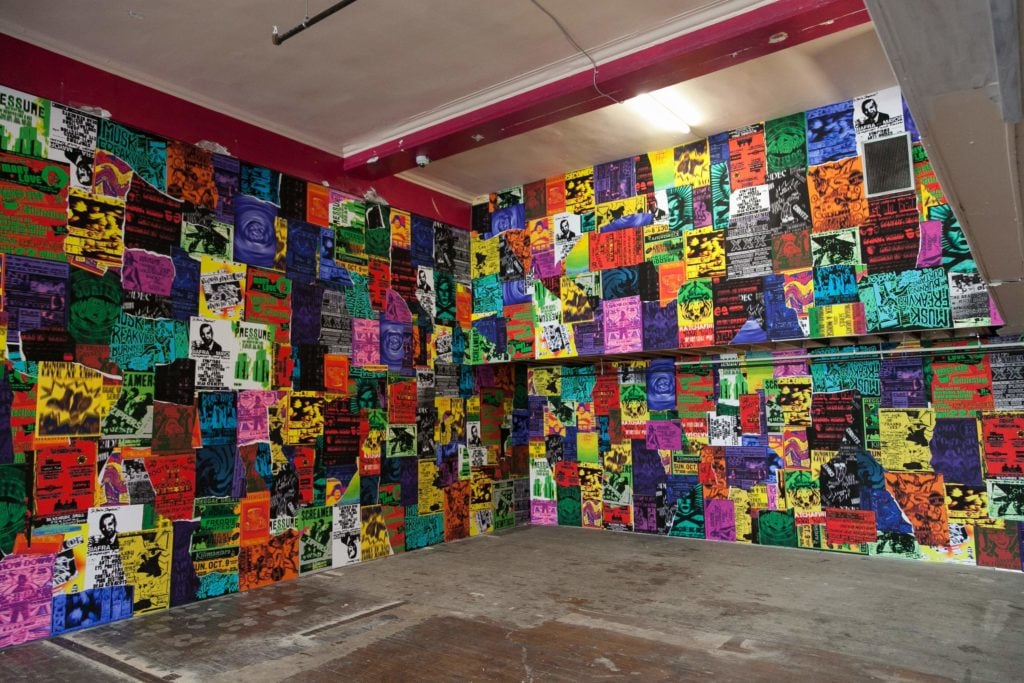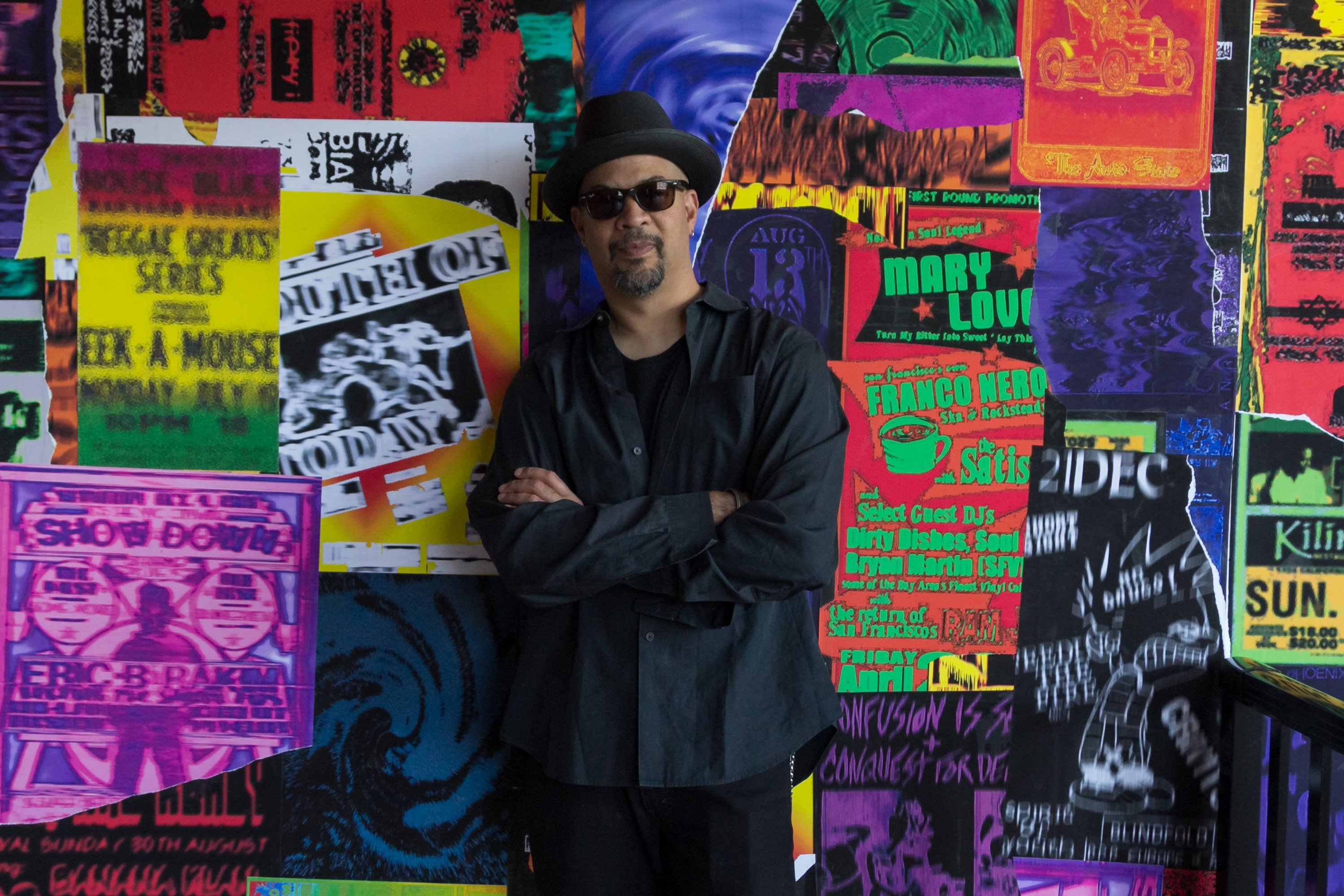Opinion
How Detroit Is Becoming a Lasting Destination for the Arts
The Motor City has picked itself up, dusted itself off, and is ready to face the future.

The Motor City has picked itself up, dusted itself off, and is ready to face the future.

On July 18, 2013, the city of Detroit filed for bankruptcy, citing $18 billion worth of debt. Tens of thousands of properties in the city were deserted, falling victim to disrepair, arson, and demolition. Like most places with too may buildings and too few people, Detroit was—and continues to be—likened to a ghost town. The once bustling metropolis, which boasted a population of 1.86 million in 1950, had its population plummet to just 677,116 residents in the latest Census.
Despite Detroit’s current reputation as the US capital of ruin porn, the scrappy city is in the process of writing its own regeneration story. Led in part by several of the city’s older arts institutions plus a relative newcomer to the local scene—the four year-old Culture Lab Detroit—the struggling burg has turned to the field of culture for ideas. Among other efforts, the Motor City has spent the last few years hosting a set of landmark conversations about the role that art, design, architecture and urbanism can play in reshaping its future.
This week, Culture Lab Detroit—with participation from the Museum of Contemporary Art Detroit (MOCAD) and the Detroit Institute of Arts (DIA)—has scheduled the fourth such conference to discuss creative possibilities for what was once America’s undisputed capital of industry. This year’s edition is set to take place over two nights: Thursday, September 15, and Friday, September 16 will be fully devoted to the timely theme of “walls.” Expect variations on the subject of vertical separations—from the socioeconomic to the theoretical-multidisciplinary and, no doubt, the fancifully bigoted, such as the wall that, per one presidential candidate, Mexico is somehow expected to pay for.
Among the participants on hand to bring this and other crucial debates to life are the following notables: artists Trevor Paglen, Adam Pendleton, and Glenn Kaino, the architect Elizabeth Diller (of Diller Scofidio + Renfro fame), Pérez Art Museum director Franklin Sirmans, director of the Storefront for Art and Architecture Eva Franch i Gilabert, John S. and James L. Knight Foundation president Dennis Scholl, and Detroit Institute of Arts director Salvador Salort-Pons. This is not the first time Culture Lab Detroit has gathered such sparkling company on the shores of Lake Erie. Past sessions have included luminaries David Adjaye, Theaster Gates, Sou Fujimoto, the Campana Brothers and David Stark, among others.
Additionally, Culture Lab Detroit and MOCAD recently launched their first joint artist’s commission. The inaugural work consists of a brightly hued, site-specific public installation by conceptual artist Gary Simmons that occupies a disused corner of Detroit’s downtown. Done with the support of Bedrock, a local real estate company, the LA-based artist has turned an empty storefront into a contiguous swath of brilliant hoarding by wheat-pasting its interior with explosively colored 1960s and ‘70s music posters. Drawn from original material promoting extant punk, reggae and dub acts, Simmons has manually and digitally scrambled his wallpaper to resemble subcultural mold.
Things get trippier when one learns about the past lives of his chosen site: It was once a smoke shop, a massage parlor and, most fittingly, a music club.

Gary Simmons in front Untitled installation, Culture Lab Detroit. Photo by John Froelich Courts.
Another frame of reference for this week’s motor-mouthed events is a recently inaugurated solo exhibition at MOCAD by New York artist Sanford Biggers. Titled “Subjective Cosmology,” the show features a mural-sized work, a video installation, an original score (performed by Biggers’ band Moon Medicin), and two prone sculptures shaped like toppled giants. One, Laocoön, consists of a huge balloon version of the Bill Cosby cartoon creation Fat Albert. A modern-day Trojan horse for the allegedly squeaky-clean values of the embattled comedian, the ginormous vinyl sculpture does double duty as a Macy’s Thanksgiving Day Parade inflatable for Black Lives Matter—mostly by assuming the position of a post-choke hold Eric Garner.
Detroit is otherwise impressively kitted out in colorful murals by recognized and underacknowledged street artists, such as Shepard Fairey and Katie Craig. These grace various districts of the city: downtown, southwest, the Grand River corridor and Eastern Market, which is home this month to a festival of muralists from around the world. Add to this the significant rebirth of DIA, which just announced the start of a three-year, multimillion-dollar campaign to deepen its commitment to African American art.

Sanford Biggers, Laocoön (2015), Courtesy the artist and David Castillo Gallery, Miami, FL
Anyone remember when DIA’s 60,000-piece collection was almost sold to foot the city’s unpaid bills? That was only three years ago.
Since then, Detroit has picked itself up, dusted itself off, and got its bootstrapping art on. It’s enough to turn a critic into a fan.